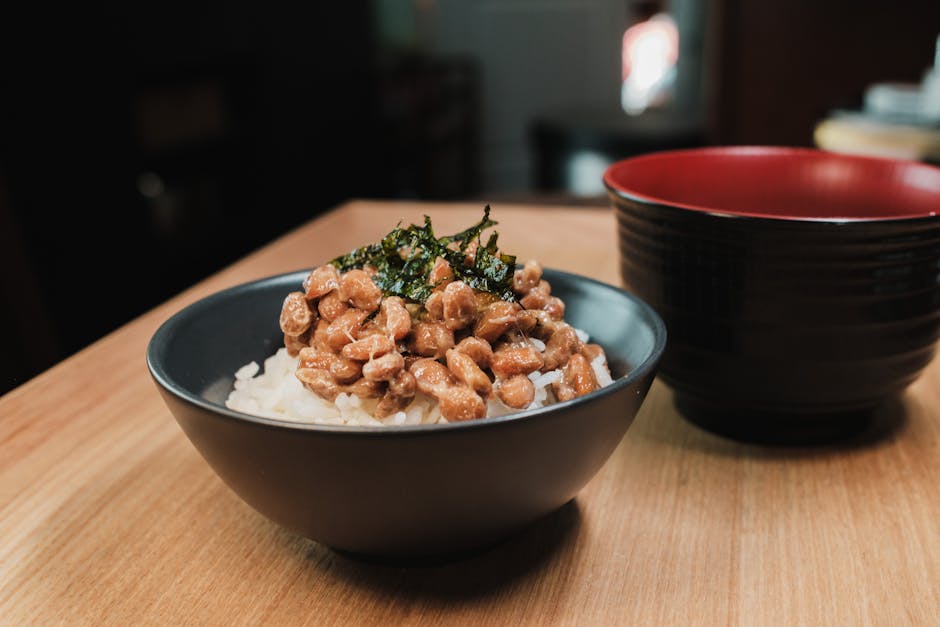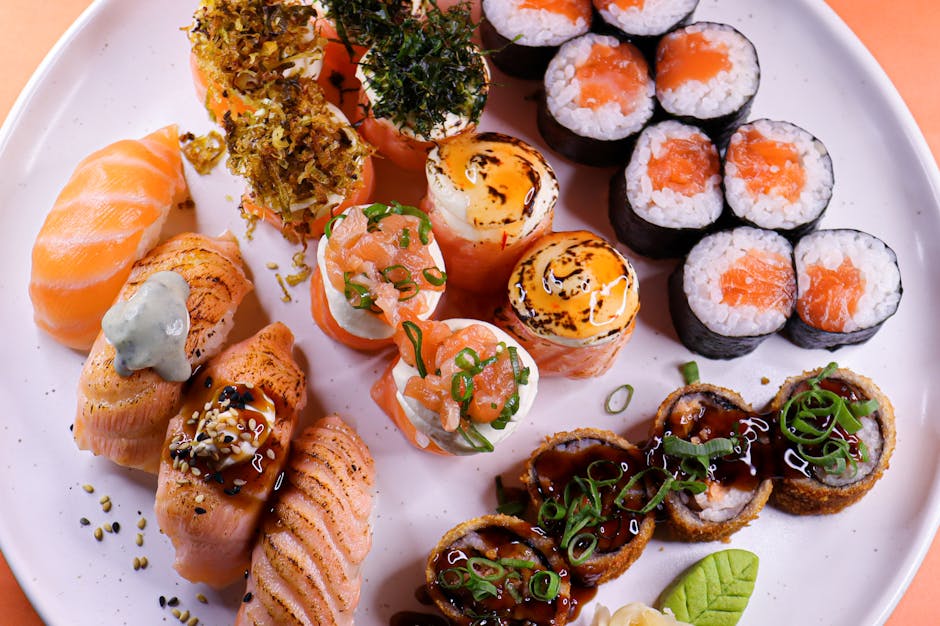Tips for Dining Out on a Healing Diet
Embarking on a healing diet journey can be transformative for one’s health and well-being. However, dining out while following a specific dietary protocol can present its own set of challenges. Whether you’re following a gluten-free, dairy-free, paleo, ketogenic, or any other healing diet, navigating restaurant menus and ensuring your meal aligns with your dietary needs can feel like a daunting task. In this comprehensive guide, we will explore valuable tips and strategies to help you dine out with confidence and ease while staying true to your healing diet.
The Rise of Healing Diets

In recent years, there has been a significant shift towards adopting healing diets to address various health concerns, ranging from autoimmune conditions to digestive issues and inflammatory diseases. Healing diets emphasize whole, nutrient-dense foods while eliminating common allergens, processed ingredients, and inflammatory triggers. These diets are designed to optimize gut health, reduce inflammation, and support overall well-being.
However, adhering to a healing diet can become challenging, especially when dining out at restaurants where ingredients and preparation methods may not align with your dietary requirements. To help you navigate this dining dilemma, we have compiled a list of practical tips and strategies that will empower you to make informed choices and enjoy a satisfying dining experience while following your healing diet.
Research and Plan Ahead

Before heading out to a restaurant, take the time to research and plan ahead. Many restaurants now provide their menus online, allowing you to review the options and identify dishes that are likely to meet your dietary needs. Look for items that are naturally gluten-free, dairy-free, or compliant with your specific healing diet.
Additionally, consider calling the restaurant in advance to inquire about their ingredients and preparation methods. By communicating your dietary restrictions and preferences to the staff, you can ensure that they are aware of your needs and can accommodate them accordingly.
When researching restaurants, prioritize establishments that focus on whole, unprocessed ingredients and offer customizable options. Farm-to-table restaurants, ethnic cuisines like Mediterranean or Japanese, and health-conscious eateries are often more accommodating to dietary restrictions and can provide a wider array of choices for healing diet followers.
Communicate Clearly with Your Server

Communication is key when dining out on a healing diet. Once you arrive at the restaurant, don’t hesitate to engage with your server and communicate your dietary requirements. Clearly explain your restrictions, allergies, and preferences, and ask questions about ingredients, cooking methods, and potential cross-contamination issues.
Most restaurants are willing to accommodate special requests and can often modify dishes to suit your needs. For example, you can ask for salad dressings on the side, opt for grilled instead of fried preparations, or request substitutions for ingredients that are not compatible with your healing diet.
Remember to be polite and appreciative of the staff’s efforts to accommodate your dietary needs. By fostering a positive and respectful relationship with your server, you can increase the likelihood of a successful dining experience that aligns with your healing diet.
Be Mindful of Hidden Ingredients

When following a healing diet, it is essential to be vigilant about hidden ingredients that may not be explicitly listed on the menu. Common allergens like soy, corn, and added sugars can often sneak into dishes in the form of sauces, marinades, and seasonings.
To avoid unwanted surprises, ask your server about any hidden ingredients in the dishes you are considering. Be particularly cautious of menu items that are heavily processed or pre-made, as they are more likely to contain additives, preservatives, and artificial flavors that may not be compatible with your healing diet.
If you are unsure about a particular ingredient or dish, err on the side of caution and choose simpler, more straightforward options that are less likely to contain hidden allergens or inflammatory triggers. Opt for dishes that feature whole, minimally processed ingredients to support your healing journey.
Explore Customization and Substitution Options
Many restaurants are willing to accommodate customization requests to meet your dietary needs. Don’t hesitate to inquire about options for substituting ingredients, modifying dishes, or creating bespoke meals that align with your healing diet.
For example, if you are following a gluten-free diet, consider asking for lettuce wraps or gluten-free bread alternatives instead of traditional buns. If you are dairy-free, inquire about using plant-based milk or cheese in place of dairy products in your dishes. By exploring customization options, you can enjoy a diverse range of flavors and textures while staying true to your healing diet.
Additionally, some restaurants offer the flexibility to build your own bowls, salads, or plates, allowing you to select specific ingredients that suit your dietary requirements. Take advantage of these customizable options to create a meal that nourishes your body and supports your healing goals.
Practice Mindful Eating and Enjoy the Experience
Dining out on a healing diet should be a pleasurable and enjoyable experience. Practice mindful eating by savoring each bite, appreciating the flavors and textures of your meal, and listening to your body’s hunger and satiety signals.
Avoid rushing through your meal or overindulging in foods that may not align with your healing diet. Instead, focus on nourishing your body with wholesome, nutrient-dense ingredients that support your well-being. Choose dishes that are rich in vegetables, lean proteins, healthy fats, and fiber to promote optimal digestion, energy levels, and overall vitality.
Remember that dining out is not just about the foodit’s also an opportunity to socialize, connect with others, and enjoy the ambiance of the restaurant. Embrace the experience of dining out as a holistic and enriching activity that nourishes not only your body but also your soul.
Common Misconceptions About Dining Out on a Healing Diet
Despite the growing awareness of healing diets, there are still some common misconceptions and myths surrounding dining out while following a specific dietary protocol. Let’s debunk a few of these misconceptions:
Myth: Dining out on a healing diet is too restrictive and limiting.
Reality: While dining out on a healing diet requires careful planning and communication, it can also be an opportunity to explore new cuisines, flavors, and ingredients that align with your dietary needs. Many restaurants now offer diverse and innovative menu options that cater to various dietary restrictions and preferences.
Myth: It’s impossible to dine out on a healing diet without sacrificing taste and enjoyment.
Reality: With the right strategies and mindset, dining out on a healing diet can be a delightful and rewarding experience. By focusing on whole, unprocessed ingredients, exploring customization options, and practicing mindful eating, you can savor delicious meals that support your health and well-being.
Conclusion
In conclusion, dining out on a healing diet doesn’t have to be a daunting or restrictive experience. By researching and planning ahead, communicating clearly with your server, being mindful of hidden ingredients, exploring customization options, and practicing mindful eating, you can enjoy a fulfilling dining experience while staying true to your dietary requirements.
Remember that dining out is a chance to nourish your body, connect with others, and indulge in the pleasures of good food. Embrace the opportunities to explore new flavors, cuisines, and dining experiences that support your healing journey and enhance your overall well-being.
Next time you dine out on a healing diet, approach the experience with curiosity, openness, and a sense of adventure. By following these tips and strategies, you can navigate restaurant menus with confidence and enjoy delicious meals that contribute to your health and vitality.




